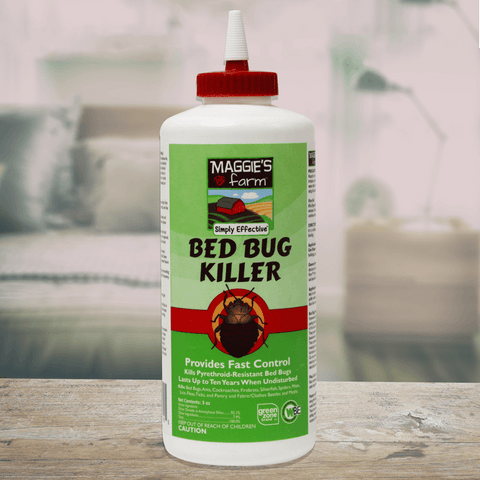Finding an army of ants roaming around your home is never any fun. Unfortunately, the situation can become worse if these ants are nesting in your walls. We’ve gathered information about common wall-nesting ants and how you can get rid of them.
Which Ant Species Live in Walls?
Several species of ants are known to nest in walls. Being able to identify the species will help when trying to eliminate an infestation. Check out which ant species you could find hiding in your walls below.
Carpenter Ants

Carpenter ants prefer to nest in damp wood. They won’t eat the wood, but they’ll remove it as they tunnel. This can weaken the wood, causing structural damage. These ants range in size from 3.4-13mm and have a black or reddish-brown body.
Acrobat Ants

Acrobat ants nest in wood that has already been damaged either by other insects or by moisture. They also like to nest in insulation. These ants have a heart-shaped abdomen that can be raised above their head. They’re about 3mm in length and vary in color from light brown to black.
Moisture Ants

Ants attracted to damp environments, like citronella and cornfield ants, are called moisture ants. They build nests in damaged, wet wood using pieces of wood and soil. These ants are yellow or yellowish-brown and can grow up to 4.5mm.
Little Black Ants

As their name suggests, these ants are tiny—the smallest being 1.5mm—and black. They like to live in areas that provide warmth and are close to moisture. While they prefer to be outside, they’ll move indoors and into your walls if an opportunity presents itself.
Odorous House Ants

Odorous house ants like moist areas and will nest in walls near pipes. They have dark brown or black bodies and are about 3mm in length. When these ants are crushed, they smell like rotten coconut.
Pharaoh Ants

Pharaoh ants enter homes looking for food and shelter and stay in moist areas. They’re often found in kitchens and bathrooms. Unlike most ant species, pharaoh ant colonies have multiple queens that leave the original nest to build a new one. These ants are about 2mm in length and yellowish-brown.
How Do You Know if Ants Are in Your Walls?

Chances are you don’t spend a lot of time investigating the space behind your walls. Thankfully, wall-invading ants leave behind a few clues to alert you to an infestation. Here are a few warning signs.
- Foraging Ants: Worker ants will leave the nest in search of food for the colony. Spotting trails of ants is often an indicator of an infestation.
- Nest Debris: When ants build nests, they have to remove wood and other debris. Piles of sawdust, dead ants, or pieces of insulation can warn of an infestation.
- Unexplained Noises: When tunneling, carpenter ants will sometimes make noises. If you hear unexplained rustling sounds, these ants could be the cause.
- Hollow Wood: When nests are built in wooden structures, it can weaken and create spaces in wood. Tapping on the walls can help you find hollow-sounding areas.
How to Get Rid of Ants in Your Walls
Controlling an ant problem quickly and effectively can help ensure serious structural damage doesn’t occur. Here are a few tips for getting rid of these pesky pests.
Remove Food Sources

Ants will only stick around if they have access to food. Cleaning up crumbs and spills, picking up your pet’s food bowl, and storing food in airtight containers can help keep ants out of your home.
Eliminate Moisture

Ants need water to survive and many species prefer wood with moisture damage. Fix leaky pipes and reduce moisture build-up in your homes with a dehumidifier or fan.
Remove Damaged Wood

Several species of ants, including moisture ants, nest in wood that was previously damaged. To eliminate an infestation, you’ll need to remove the damaged wood to prevent ants from returning to your home.
Treat the Ant Nest

If you’re able to locate the nest, you can apply a mineral-based insecticide dust. Our Maggie’s Farm Simply Effective™ Bed Bug Killer is effective on ants and other crawling pests. When left undisturbed, it will remain active for up to 10 years.
Ant Baiting

Sometimes finding an ant nest is easier said than done. When this happens, you can use a mineral-based ant bait, like our No Spill Ant Kill, to kill common ant species (except carpenter ants). The bait attracts ants, and it’s designed to allow them time to take the bait back to the nest to share. This will help to eliminate the ants you see and the ones you don’t.
One or two ants aren’t usually a problem, but a colony moving into your home is another story. If you’re dealing with a pest problem, we have your back! Check out our Maggie’s Farm Simply Effective Pest Control products.
